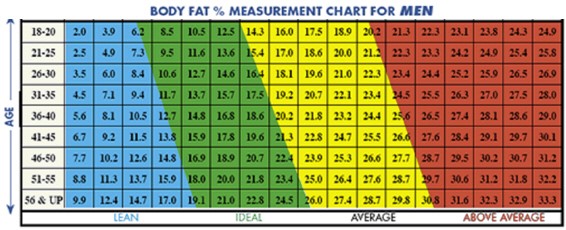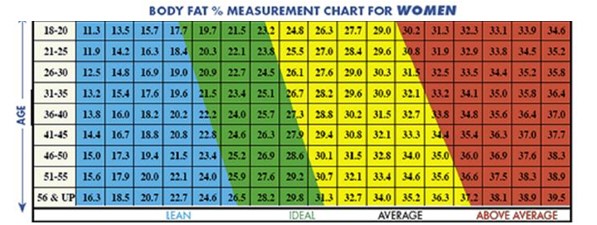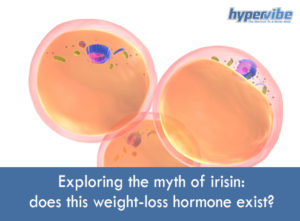Brown Fat’s Activation, New Weight Loss Method?
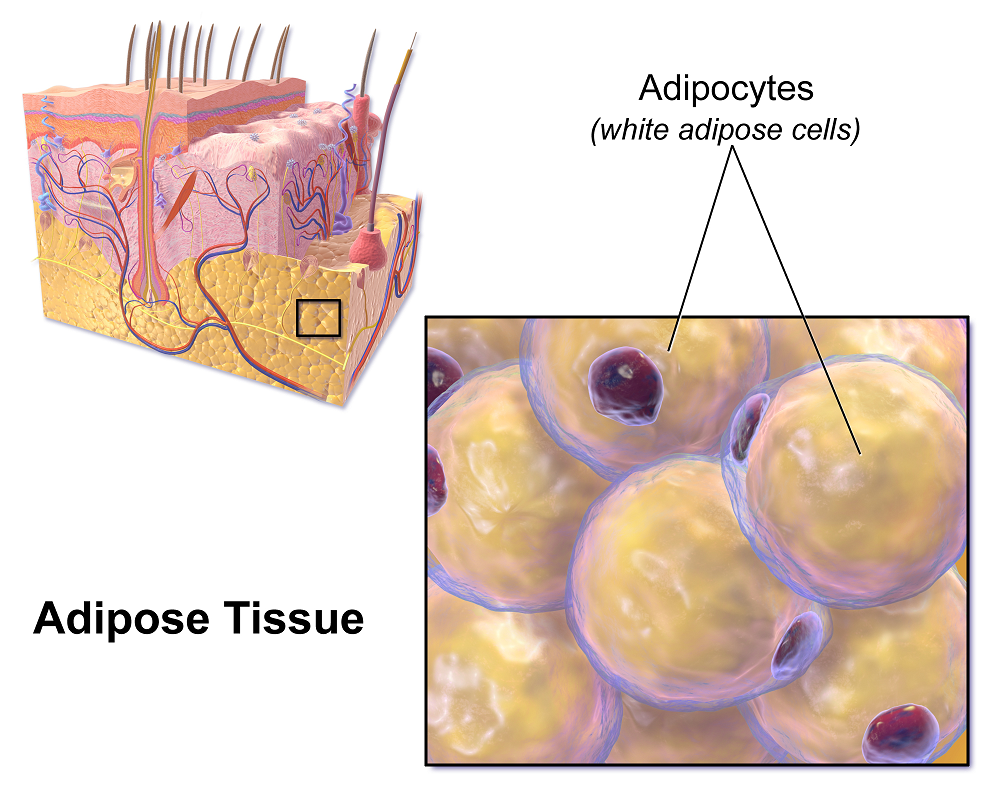
I remember a conversation I had some time ago, with a good friend, as we were heading back home from gym. We were talking body weight and body composition, when she said “The scale’s a liar, that’s why I never pay attention to what it says”. “The scale’s a liar until it agrees with the mirror”, I replied, then we continued our debate on body composition and agreed that this factor matters more than the number on the scale, when it comes to one’s physical appearance.
However, there’s this common misconception that one should have a very low body fat percentage in order to look good. Truth is your body needs fat, as the much hated adipose cells have their role within the organism. We won’t discuss the importance of fat here, but it’s worth taking a look at the body fat percentage chart below, to get an idea of how much fat your body should carry in order to be considered healthy.
As you may already know, values for body fat percentages are slightly higher in women, and tend to increase with age, hence the differences in the two graphs. In most people, the values for visceral fat (found around the internal organs) and intramuscular fat (in between muscles) increase with age, while the subcutaneous fat (found right underneath the skin) may or may not increase, depending on the level of physical activity, diet and several other factors.
But there’s one more type of fat that’s often neglected, despite the benefits it provides to the body: brown fat. This fat, also referred to as brown adipose tissue, is a special type of fat that is activated when you get cold. The brown layer of adipose cells is responsible for producing heat and maintaining your body temperature constant in cold weather.
Nothing interesting here? What if I told you that brown fat seems to be using regular body fat as fuel? And to make this even better, there’s a great chance for physical exercises to stimulate certain hormones that activate the brown fat, causing the destruction of even more subcutaneous fats. But let’s explain these for a better understanding.
Brown fat vs. white fat
Brown adipose tissue (BAT) is different from white (or yellow) fat, and it’s found in higher amounts in newborns. Unlike white fat, this tissue is not involved in storing energy for later use, neither in cushioning the internal organs and protecting them from physical damage.
Brown fat’s function is to generate body heat and that’s pretty much it. White fat on the other hand, although harmful when in too high amounts, is necessary for maintaining healthy inflammatory and immune responses. Also, this tissue is involved in glucose metabolism, appetite, blood pressure and hormone production, so it’s quite clear that both brown and white fat are needed for a healthy body.

In a newborn or infant, the percent of brown fat usually represents 5% of the baby’s body weight, but this value decreases with age. In adults, most of the brown fat is located in the supraclavicular regions and lower neck area, but contrary to what you might think, a fatter person doesn’t have more brown fat. In fact, the heavier one is, the less BAT they have, and lean people tend to have higher percentages of BAT than fatter individuals.
By burning calories for heat production, brown fat acts more like muscles, and can contribute to weight loss in the long run. A study found that people with higher amounts of BAT burned 250 calories more than individuals with lower amounts of brown adipocytes, when the brown fats were active. Sounds great, right? But in order to really benefit from this property of BAT, we should probably find a way to increase the amount of brown fat cells found inside our bodies. Is this possible?
Can we increase the amount of BAT?
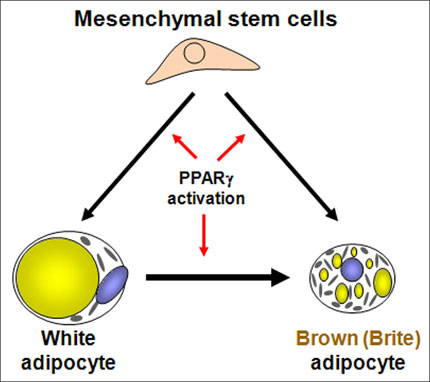
There is, however, a book called The Brown Fat Revolution, which recommends a certain eating plan in order to convert yellow fat to BAT. Lyons, the author, says that eating a high-fiber, low-glycemic diet helps in controlling insulin and blood glucose levels in a more efficient way and prevents overeating, which in turn leads to lower percentages of white body fat and higher amounts of brown fats.
However, there aren’t enough scientific studies to support this theory. So until we find out if or how we can increase the amount of brown adipose tissue in our bodies, let’s all try to adopt healthier diets, exercise more and take advantage of the lower temperatures these days, as it’s already proven that cold weather does activate the brown fat cells!
Share your thoughts on this interesting weight loss method with our Facebook community!

